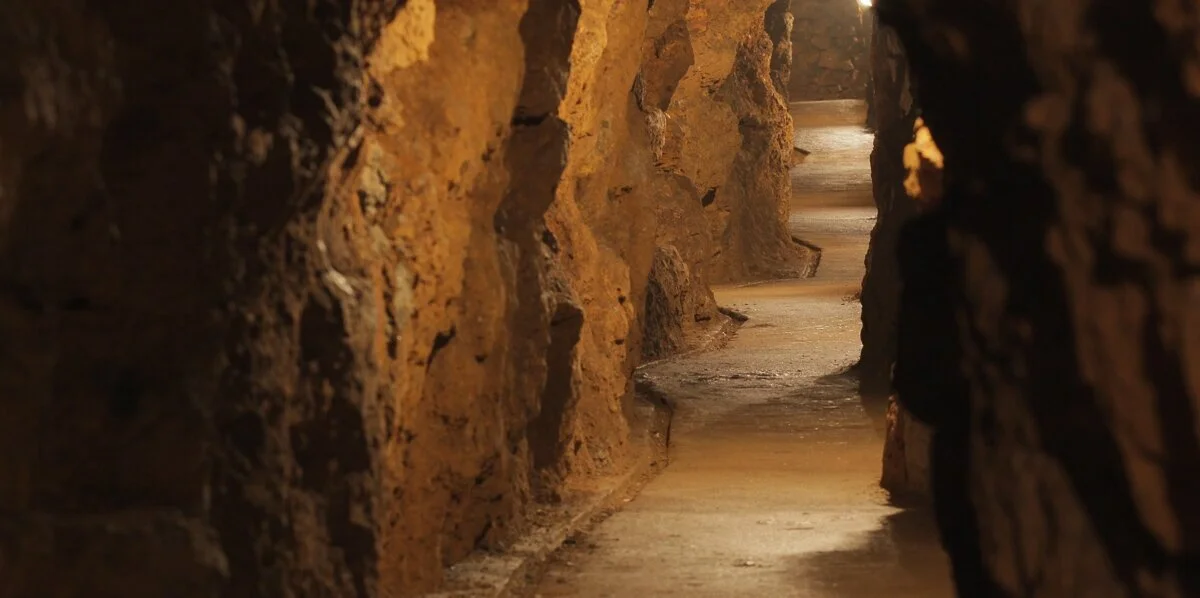You Will Never Be Indiana Jones
Ask archaeologists raised in Europe or America why they entered the profession and many of them will cite Indiana Jones, the whip-wielding protagonist of Raiders of the Lost Ark and the resulting film franchise starring Harrison Ford. These films represent a very romanticized view of archaeology—one in which artifacts are in constant need of rescue by Western adventurer-academic types for display in their museums and institutions. Jones’ rallying cry, “It belongs in a museum!” is less about the protection of heritage and more of an excuse for colonialist forces to claim cultural objects as their own.
There’s much to unpack regarding the legacy of Indiana Jones and the rest of the archaeological adventure genre, particularly regarding the way these stories perpetuate colonialist and Orientalist thought. But popular culture has also presented a view of archaeology steeped in toxic masculinity, a view that bolsters both sexism and ableism within the discipline.
Indiana Jones is an abled man, a literal white savior who charges into tombs with guns blazing. No boulders, poison darts, Nazis, or the enticements of women can stop Dr. Jones from retrieving the film’s archaeological MacGuffin. Though his story is entirely fictional, many archaeologists seem to have internalized this narrative and applied it to their attitude towards excavation and fieldwork.
Both the general public and archaeologists themselves often see fieldwork as the “heart” of archaeology, and understandably so, as much of our data collection is done at excavation sites. But, this has led to an increase in both sexism and ableism within the field. Fieldwork gets cast as the more “masculine” aspect of archaeology, epitomizing the “science of doing,” while other forms of archaeological analysis are seen as more passive and, thereby, “feminine.”
Archaeologists, particularly male archaeologists early in their careers, arrive at the field with something to prove. Since excavation sometimes demands feats of strength and endurance, fieldwork becomes a test of one’s supposed masculinity, regardless of any health and safety risks. Fieldwork has become a form of gatekeeping—if you can’t perform the desired amount of masculinity and ability, then you are not an archaeologist and stand in the way of archaeological progress.
“Fieldwork gets cast as the more ‘masculine’ aspect of archaeology, epitomizing the ‘science of doing,’ while other forms of archaeological analysis are seen as more passive and, thereby, ‘feminine.’”
I’ve witnessed the toxic masculinization of the discipline, particularly the effects it has on someone who struggles with mental illness. As a Chinese-American woman working in British archaeology, a field that currently suffers from a lack of diversity, I often feel as though I have something to prove. This feeling increased significantly during the 2018 excavation season when we were conducting fieldwork in the Covesea Caves, a series of Later Prehistoric sites off the coast of Scotland that were the focus of my research. My anxiety was already at an all-time high since traveling to and from the caves would require me to face my fear of heights and my fear of enclosed spaces. But I was determined to brave it all, to showcase my commitment to archaeological research and prove that I was worthy of a doctorate at the end of this project.
This determination was cut short after I injured myself on-site. Although it wasn’t a life-threatening injury, I was adamantly against returning to site under the circumstances. With the support and encouragement of my supervisors, I spent the remaining three weeks doing analysis work from our accommodations. But it was hard to shake thoughts of Imposter Syndrome, and I felt ashamed of my inability to act like a “real” archaeologist. I feared that I didn’t have the strength and temperament to remain in the discipline to which I had given years of my life. At my lowest point, I started using the Twitter hashtag #DiggingWhileDepressed to vent about my frustrations and anxieties, hoping that my struggles would resonate with others online.
The response to the hashtag was surprising: many archaeologists came forward with stories of dealing with mental illness and the ways in which our own discipline was failing us. But more numerous were the private messages I received, not just of support but also of people quietly revealing their own fears and struggles within archaeology. The sizable response felt disproportionate to what I had understood previously about disabled archaeologists; in fact, a survey undertaken in 2013 had found less than 2 percent of professional archaeologists in the U.K. are disabled. But many disabled people don’t disclose their disabilities to employers for fear of losing work. This is particularly understandable in a discipline like archaeology, which puts so much emphasis on “doing.”
Fortunately, there is hope for a more inclusive future. Projects such as the Inclusive, Accessible, Archaeology (IAA) Project have developed toolkits designed to cultivate better practices for accommodating and incorporating disabled archaeologists. In the last decade, disabled archaeologists in the UK have made great strides in providing support and resources for others; for example, in the U.K., we owe much to the late Theresa O’Mahoney, who established the Enabled Archaeology Foundation and is the author of a comprehensive guide for making archaeological fieldwork accessible for disabled archaeologists.
Perhaps we are closer to a more inclusive discipline than ever before, but we must remain hypervigilant of persistent strains of toxic masculinity that still permeate archaeological fieldwork culture. The romantic conceptualization of the lone adventurer archaeologist must be left in the past and replaced with a more inclusive future that enables anyone to be an archaeologist.
We can never be Indiana Jones, and we shouldn’t want to be.
Image credit: Zabytkowa Kopalnia Srebra / Historic Silver Mine, Ministry of Foreign Affairs of the Republic of Poland, 2012 (Flickr | CC BY-NA 2.0)






